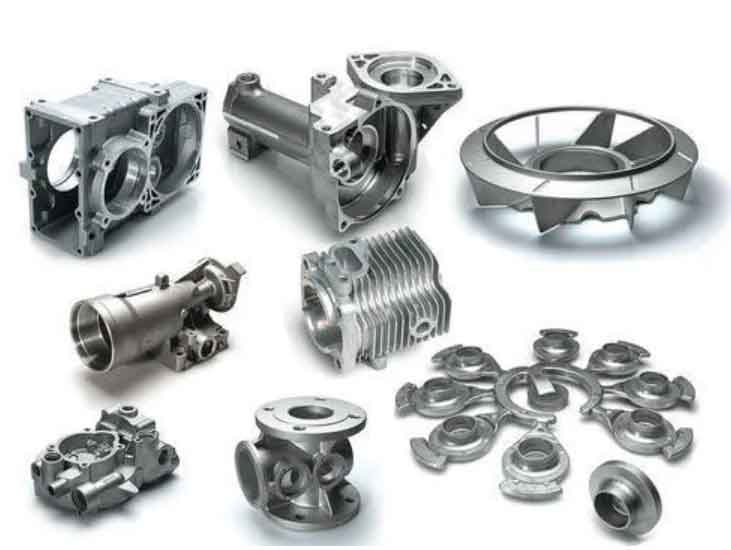The microstructure of gray cast iron plays a crucial role in determining its strength and other mechanical properties. Gray cast iron is composed primarily of graphite flakes embedded in a matrix of ferrite and pearlite. Let’s delve into the key aspects of its microstructure:

- Graphite Flakes: The most distinctive feature of gray cast iron is the presence of graphite flakes, which give the material its name. These graphite flakes are formed during the solidification of the molten iron and are responsible for providing gray cast iron with its unique properties. The presence of graphite flakes helps to dampen vibrations, making it suitable for applications where vibration and noise reduction are essential.
- Ferrite: Ferrite is a form of iron that has a body-centered cubic crystal structure. It is the softest phase in the gray cast iron microstructure and contributes to the material’s machinability and ease of cutting.
- Pearlite: Pearlite is a eutectoid mixture of ferrite and cementite (iron carbide) and is harder than ferrite. It provides gray cast iron with some strength and hardness.
- Matrix Structure: The ferrite and pearlite form the matrix structure of gray cast iron, surrounding the graphite flakes. The proportion of ferrite and pearlite in the matrix affects the material’s overall strength and hardness.
The presence of graphite flakes in gray cast iron is a result of the slow cooling rate during solidification, which allows carbon to precipitate out of the liquid iron in the form of graphite. The graphite flakes act as stress concentrators, which gives the material its unique fracture appearance, often described as “gray” due to the presence of graphite.
The microstructure of gray cast iron can be modified by alloying and heat treatment to improve specific properties. For example, the addition of alloying elements like silicon can promote the formation of nodular graphite (ductile iron) instead of graphite flakes, resulting in improved ductility and toughness.
The microstructure of gray cast iron, with its graphite flakes embedded in a ferrite-pearlite matrix, imparts the material with its characteristic strength, vibration damping, and machinability properties. This microstructure can be tailored through alloying and heat treatment to meet specific engineering requirements for a wide range of applications.
